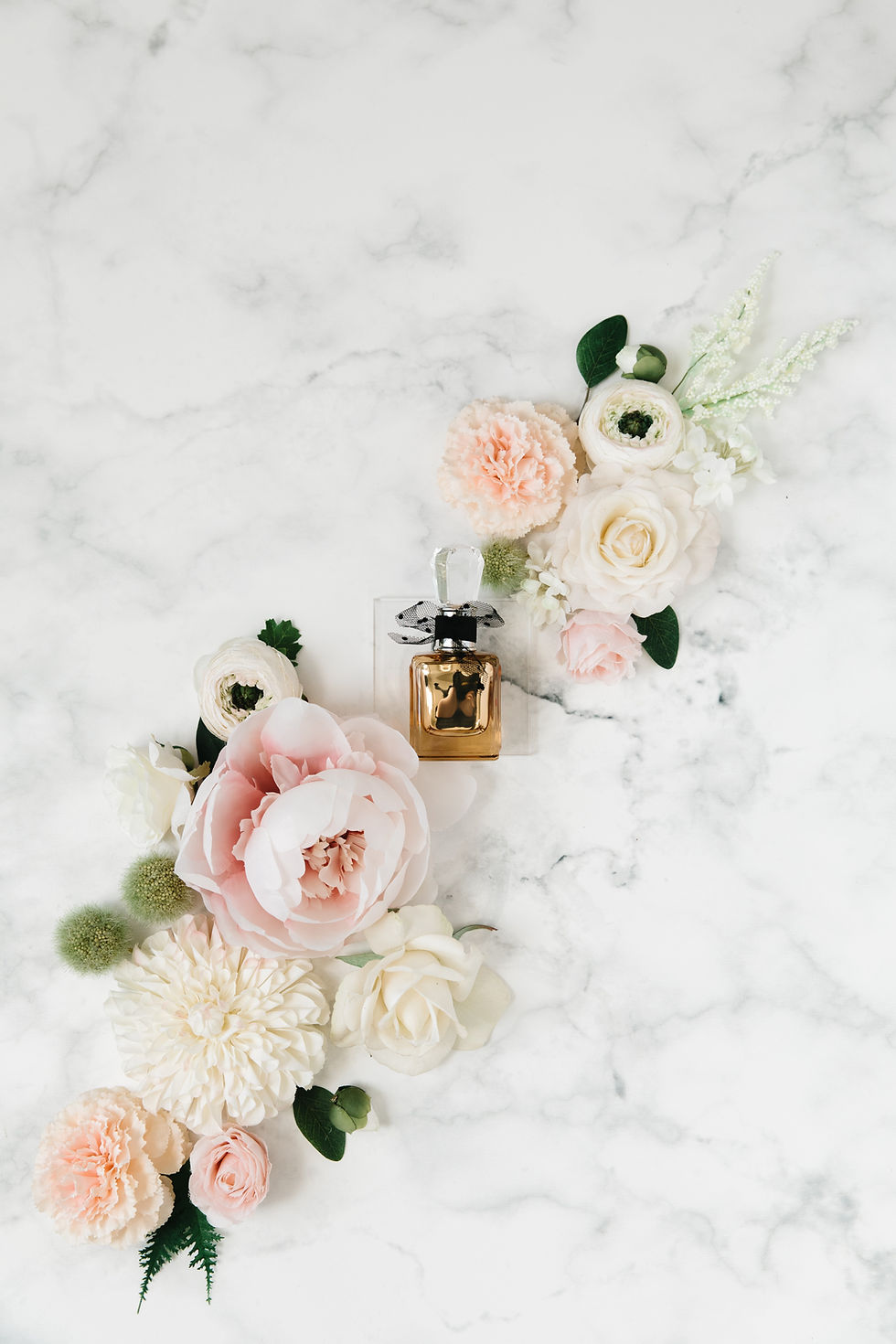
Ambrosial, divine, crisp, warm, spicy, exquisite, or delicate all adjectives commonly used to describe a fragrance. Fragrances, commonly referred as perfumes, are as old as humankind. Back in ancient times, human beings noticed that the smoke created by burning specific plants brought about beneficial properties; giving birth at that moment to the origins of perfumery . The word “perfume” comes from the Latin word per fumo meaning by smoke. Furthermore, the ancient Egyptians already knew the art of associating different aroma to create complex perfumes as Kyphi, a multipurpose mixture made by many different fragrances including juniper berries, broom flowers, fragrant reed, oak resin, myrrh, cinnamon, and cardamom. (If you’d like to read more about the perfumery’s evolution click here to read my previous post)
The base of any perfume will be the perfume “essence”; this is what actually makes the scent. It is a combination of essential oils and absolutes. Back in old times it was also added animal extracts such as musk, or ambergris as fixers; today mostly banned and no longer used in natural and organic perfumery. Unfortunately, nowadays most perfumes are made mainly by synthetic fragrant essences (this could be nearly anything), a synthetic fixer -substituting animal extracts- and in the best scenario, in addition to that, a small amount of natural essential oils. But in our natural blog space there’s no room for synthetic and/or nasty stuff, thus from now on I’ll be only talking about the 100% natural fragrances.
A natural fragrance is a balanced blend of water, natural alcohol (ethanol, that can also be source organic) and the essence -sometimes listed in the ingredients list as parfum-. This essence could actually not be that attractive by itself and in some cases even unpleasant and overwhelming. Being too concentrated; it needs to be diluted with alcohol and water.
Fragrances come in many forms and have many different names but generally the main five categories are as follows:
Perfume:
A perfume is the purest and most concentrated fragrance. Composed by 20% to 30% (and in some cases up to 40%) of aromatic oils that could even last for more than 16 hours. It does not mean it’s the most overpowering and strongest fragrance but the one that will take longer to be evaporated and disappear away from your skin.
Eau de Parfum:
EDP has a concentration of 15% to 20% of the essence lasting approximately 10-12 hours on the skin.
Eau de toilette:
EDT, the most commonly found in perfumery has a concentration that ranges from 5% to 15% of the essence lasting 4 to 6 Hours on the skin.
Eau de cologne:
EDC, is one of the lowest concentration of essence, between 2% and 4% lasting up to 3 hours, however it is an excellent choice over summertime specially when exposed under the sun for longer.
Eau Fraiche or Body Splash:
Even lower than the EDC, the Eau Fraiche as the name indicates has a very low fragrant essence concentration ranging between 1% to 3% of essence and lasting onto your skin less than 2 hours.
When you are in business and you find yourself in front of a marketing advisor, no matter which branch of marketing, I’ve found myself that there are some frequently asked questions. Why are you doing this? What makes you different? Which is that difference? Which is the benefit that difference will bring to your customers? .... and so on.
In my case, all the answers will come together to a single one: Spanish Alchemy. For all of you who have been on my workshops, you already know that in Spain there is a long tradition in perfumery, deeply rooted since the Middle Ages. The women in my family have been practising alchemy forever, even in times when that practice was not allowed to women or prosecuted as witchery. Thus there’s something flowing on my veins that bond me deeply to the Spanish Alchemy and Aromatherapy.
My big dream job is crafting alchemical perfumes bringing people a whole holistic experience not just a beautiful scent, and this is the reason why I’m doing this. Alchemic perfumes are not longer made; the process used to make them is long and costly which would lead most perfume makers to choose a simpler and more cost effective way of producing good quality natural fragrances. But I am passionate about the genuine perfumery, I’m in love with Spanish Alchemy and I want to bring you products with soul.
Thus... what’s an alchemical perfume?
An alchemic perfume may contain between 15% to 40% of essence, and unlike another natural perfume, it is not diluted with ethanol (alcohol) but with an spagyrics - a concentrated medicinal herbal extract obtained by an alchemic process - and hydrosols instead of water. A hydrosol is the condensation of the steam generated in the process of essential oils distillation. Combining all these elements means that the quality of an alchemical perfume is outstanding; it is a living product and evolves like an excellent wine. In order to suit most sensitive skins, I make alchemic eau de parfum (15%to 20% essence) following the same process.
Although the purpose of a perfume is quintessentially to wrap you up in a delightful fragrance, an alchemic perfume will take you beyond. It is an exquisite perfume made by not just blending ingredients, it goes further than that; it has the ability of inspiring poets, writers and film makers. It holds the creator’s journey within and owns a story.
How does it sound to you? Dreamy, right?
If you would like to share my first creation N.1, click here. Watch below how the process starts. Under the sun 🌞 and under the moon 🌝, the leaves and petals are immersed to extract its medicinal benefits.
Wishing you a magical day!
Sonia x

